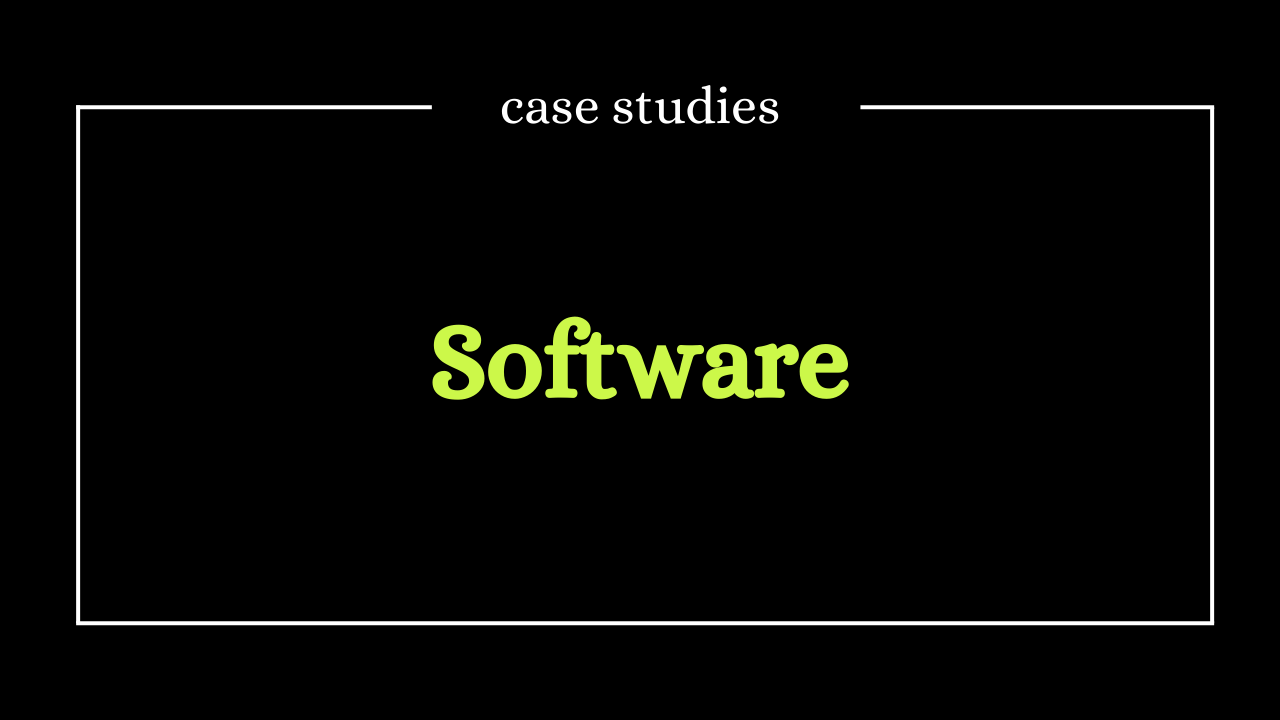
-
RNAi Gene Library Platform
The RNAi Gene Library Platform was developed to support large-scale, high-throughput genetic research. It provides a robust, fully operational system for managing inventory, genetic screens, and data analysis. This platform is designed to handle complex workflows with maximum reliability, ensuring 24/7 operation without any downtime.
-
Transformative Informatics
We partnered with prestigious institutions like Cancer Research UK and the Oxford Biomedical Research Centre to transform how data drives translational research. Our aim was to upgrade existing systems to effortlessly handle sophisticated data capturing and analysis across the UK's leading hospitals.
-
Video Tracking for Behavioral Identification
Understanding how genes, neural circuits, and behavior are interconnected is a fundamental challenge in neuroscience. The fruit fly, Drosophila melanogaster, is a key model organism thanks to its well-mapped genetics and innate behaviors like courtship rituals.
Traditionally, analyzing Drosophila behavior involved manually scoring video recordings—a tedious and time-consuming process prone to human error. This bottleneck hindered large-scale genetic studies and slowed the discovery of new biological insights.
-
Real-Time Analysis of Drosophila Behavior
In genetic research, understanding the nuances of Drosophila melanogaster feeding behavior is crucial. These tiny organisms are powerful models for unraveling genetic influences on behavior and physiology. However, traditional methods—relying on manual observation and basic assays—failed to capture the rapid and subtle dynamics of feeding, often resulting in time-consuming processes with limited precision.
Seeing this challenge, we set out to revolutionize how researchers study Drosophila feeding behavior. By collaborating closely with a leading genetic research facility, we aimed to develop an innovative experimental setup paired with advanced software capable of real-time, high-resolution analysis. Our goal was to create a transformative tool that would redefine genetic behavioral studies.
-
Patient Visualization of Real-World Data
In the pharmaceutical industry, identifying digital biomarkers is crucial for developing innovative treatments and improving patient outcomes. Real-world patient data offers immense potential, but the challenge lies in extracting meaningful insights from large, complex datasets. Without sophisticated analysis and visualization tools, valuable patterns may remain hidden, slowing the pace of medical advancements.
Traditional approaches to analyzing patient data have been slow, hampered by the sheer volume, variability, and sensitivity of the information. Effective visualization tools are essential to unlock the full potential of this data and push the boundaries of personalized medicine.
-
AI-Powered Video Analysis
Understanding and analyzing complex behavioral patterns in transgenic model organisms is critical for advancing research. Traditional manual video scoring methods are not only time-consuming but also prone to human error, limiting both the scale and accuracy of studies. To address these challenges, we developed an AI-powered video tracking software capable of transforming videos into detailed time series and accurately identifying patterns.
Building on its initial success, we expanded the software's capabilities to offer a wide array of applications across diverse fields, where pattern recognition in video material is the core methodology for creating business value.
-
CRM Data Analysis for Multi-Channel Communication Strategy Development
Our client, a global pharmaceutical company, sought to improve the effectiveness of its multi-channel communication strategies by analyzing CRM data. The objective was to extract key success factors from historical data and provide actionable insights for their sales representatives. The project aimed to enhance customer interactions across different channels such as email and phone calls by using data-driven insights.
One of the critical discoveries made during the analysis was the importance of country-specific factors in influencing communication success. Initially, the client had no clear understanding of which variables had the most impact on sales outcomes, and through the analysis, country was identified as a key factor in determining customer responsiveness. The Analysis was concluded with country specific communication strategies as impactful, actionable insights.
-
Expense Classifier & Mortgage Request Automation Tool
In a bid to enhance customer engagement and streamline internal processes, our client sought to improve their mobile banking app by introducing an accurate expense classification feature. This tool would help users manage their finances more effectively by providing insights into their spending habits.
Simultaneously, the bank aimed to reduce the time-consuming nature of mortgage request processing. Traditional methods involved extensive manual data entry, leading to delays and decreased customer satisfaction. Automating this process promised significant improvements in efficiency and response times.
-
Big Data & Machine Learning Solutions for the Asset Management Industry
In the competitive asset management industry, timely and actionable insights are crucial. Traditional analysts often rely on quarterly reports and standard data sources, which may not suffice in rapidly changing markets. Our client aimed to leverage proprietary data to generate daily analyst-level insights, outpacing competitors and making more informed investment decisions.
-
Sustainability Reporting for EU Taxonomy Compliance.
With the rise of regulatory requirements, particularly driven by the EU Taxonomy, corporations are increasingly tasked with providing detailed sustainability reports alongside traditional financial metrics. For our client, a major player in the engineering and manufacturing industry, integrating this sustainability data with existing financial systems proved a complex challenge. The data required for this reporting, much of it managed by Environmental, Health, and Safety (EHS) departments, had to be aligned with financial reporting structures.
The urgency of the project—due to tight regulatory deadlines—further complicated matters. Developing a custom data capturing system from scratch wasn’t feasible given the time constraints, making rapid, flexible deployment a priority.

